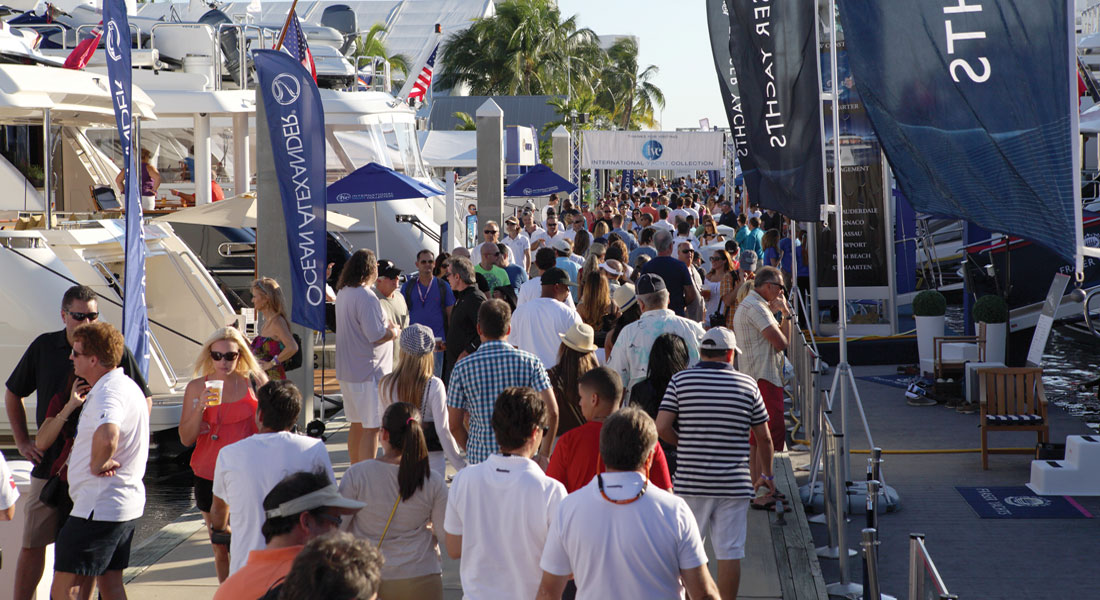Good news for those of you with New Zealand on your cruising itineraries. Your captain can now apply for a Pilotage Exemption Certificate (PEC) for Fiordland.
Previously, superyachts interested in this South Island region, named for its stunning fjords, were required to have a full-time pilot onboard. The requirement was dictated by the Southland Regional Maritime division of Maritime New Zealand. Yesterday, Asia Pacific Superyachts New Zealand, a leading agency, revealed that it has been working with the division’s leadership for the past two years to make Fiordland more accessible. Duthie Lidgard, Asia Pacific Superyachts New Zealand’s managing director, says the pilotage law was “always one of the main stumbling blocks for our superyacht clients considering cruising the region.”
The result of the collaboration is a PEC Structured Training Programme tailored to megayacht captains. It covers both Fiordland and Stewart Island, which also has previously required pilots be aboard. Equally noteworthy, captains of megayachts up to 6,000 gross tons can apply, opening the door to a broad variety of vessels. Applications should be submitted via an agency, like Asia Pacific Superyachts New Zealand.
We asked Lidgard, a captain himself, to provide some more details:
Q: How far in advance should yacht captains get in touch?
A: We will only need three months to submit appropriate vessel documentation. The approval process could take as quick as one week or as long as three months. So, we are setting three months to begin with, in case of any teething issues. An applicant for examination for a PEC under this training programme must:
- meet the requirements for issue of a PEC under Maritime Rule 90.11(1) (a) & (b) and as a minimum hold a current NZ Offshore Master qualification or equivalent, or a higher qualification recognised by the Director.
- have experience in the capacity of master on that particular vessel or a sister ship for a period exceeding three months; and
- satisfactorily demonstrate the use of the English Language; and
- have completed a Bridge Resource Management course or equivalent, and
- provide sufficient details of the vessel to demonstrate that it meets the ‘superyacht’ criteria e.g. tonnage certificate, flag etc.
Q: What documentation needs to be submitted with the application?
A: This detail is what we would prefer to provide directly to the vessel. An example, though, is the masters license and experience, and copies of the certificates for verification of the vessel, including registry, ship construction certificate, certificate of classification, international load line, international tonnage, international oil pollution prevention, and international sewage pollution prevention.
Q: How long does it take on average to learn whether a captain has been approved for the course? How long is it, and how far in advance of the yacht’s intended arrival in New Zealand must it be completed?
A: All the details to learn are the maritime laws and regulations the captains have worked with over the years, so it is not going to be much of a headache for them. It is suggested the captain begins his review and application at the same time the application is submitted for the vessel, three months in advance prior to arrival, with the PEC being issued on site in Fiordland after a final pilot review with the vessel entering the fjords. Applications can be made once the vessel is in New Zealand, too.
Q: Do captains have to take refresher courses, or is the PEC a permanent exemption?
A: PEC lasts six months for the captain/vessel. New applications would be required.
Lidgard adds that Asia Pacific Superyachts New Zealand has a 39-page PDF for captains wishing to learn more. Contact him to receive a copy. Further, the agency will keep tabs on developments, “to ensure all maritime parties and clients are happy with the new PEC scheme.”










Leave a Reply